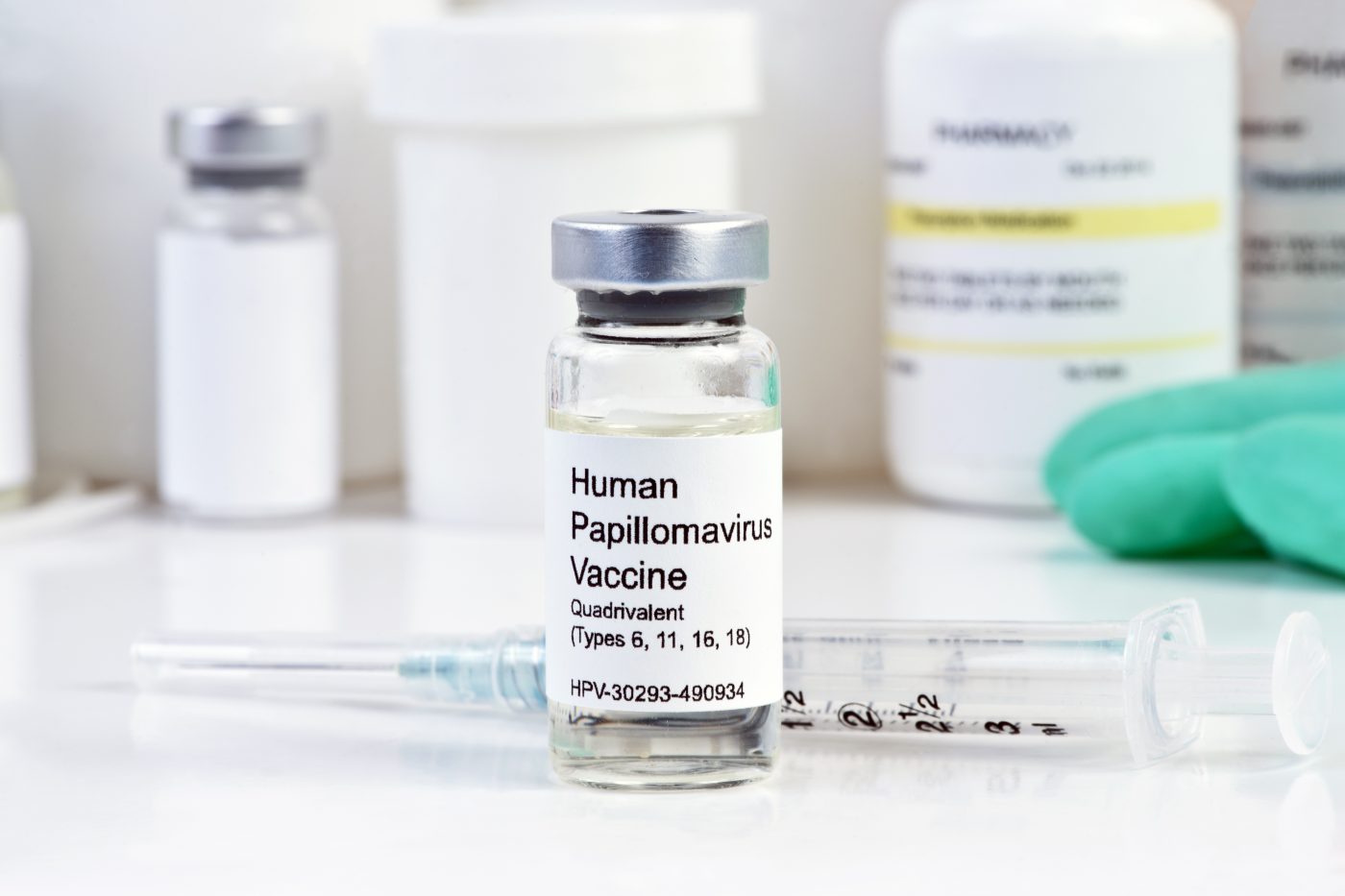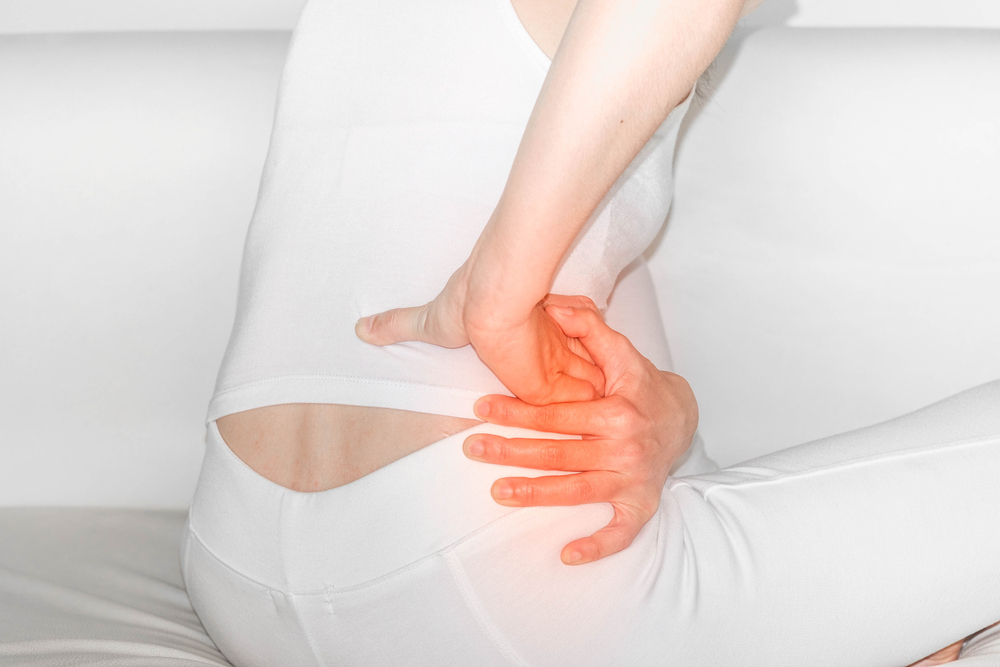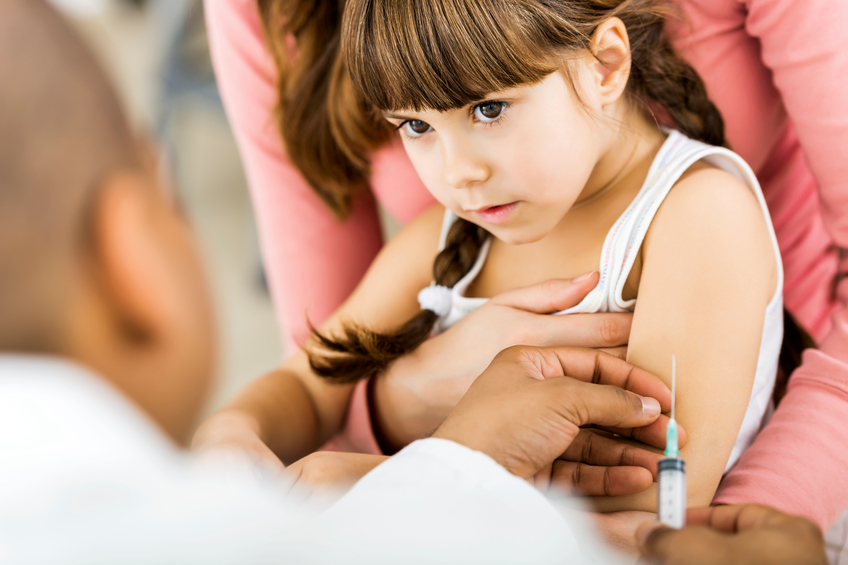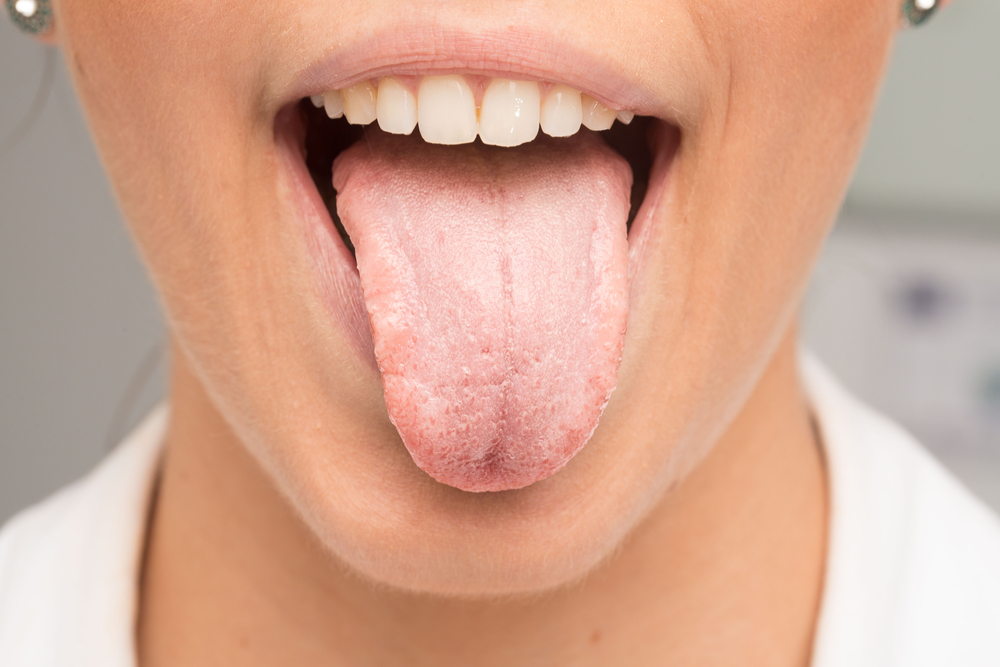Contents:
Medical Video: Lewis Capaldi - Bruises (Official Audio)
1. Definition
What is a bruise?
Bruising is bleeding inside or below the skin due to damaged blood vessels, marked by areas of black and blue skin. Because the skin is not damaged, there is no risk of infection. Bruising usually occurs due to trauma by a blunt object. Bruises that have no known cause can show bleeding tendencies. (Exceptions: Bruises lining the shin are considered normal, especially in children, because they often experience bruising in this section and then disappear by themselves.)
What are the signs and symptoms?
Initially new bruises are usually reddish in color. This bruise will then turn blue or dark purple within a few hours, then yellow or green after a few days along with the healing process.
Bruises are usually soft, and sometimes even painful for the first few days, but the pain usually goes away as the color fades.
Because the skin is not damaged in bruises such as scratches or cuts, there is no risk of infection.
2. How to overcome them
What should I do?
Compress with ice for 20 minutes. No other treatment is needed. Give acetaminophen or ibuprofen to treat pain. Avoid massage. After 48 hours, compress the bruise with a warm towel for 10 minutes 3 times a day to help the skin absorb the blood again. Bruising will disappear within 2 to 4 weeks after experiencing changes in color to yellow, green and brown.
When do I have to see a doctor?
Contact your doctor immediately if bruises appear without obvious reasons.
3. Prevention
Prevent bruising by always being careful when climbing, playing, exercising and driving. Use pads on the knees, elbows and shins when cycling, skateboarding, or playing contact sports to avoid bruising in certain areas.











